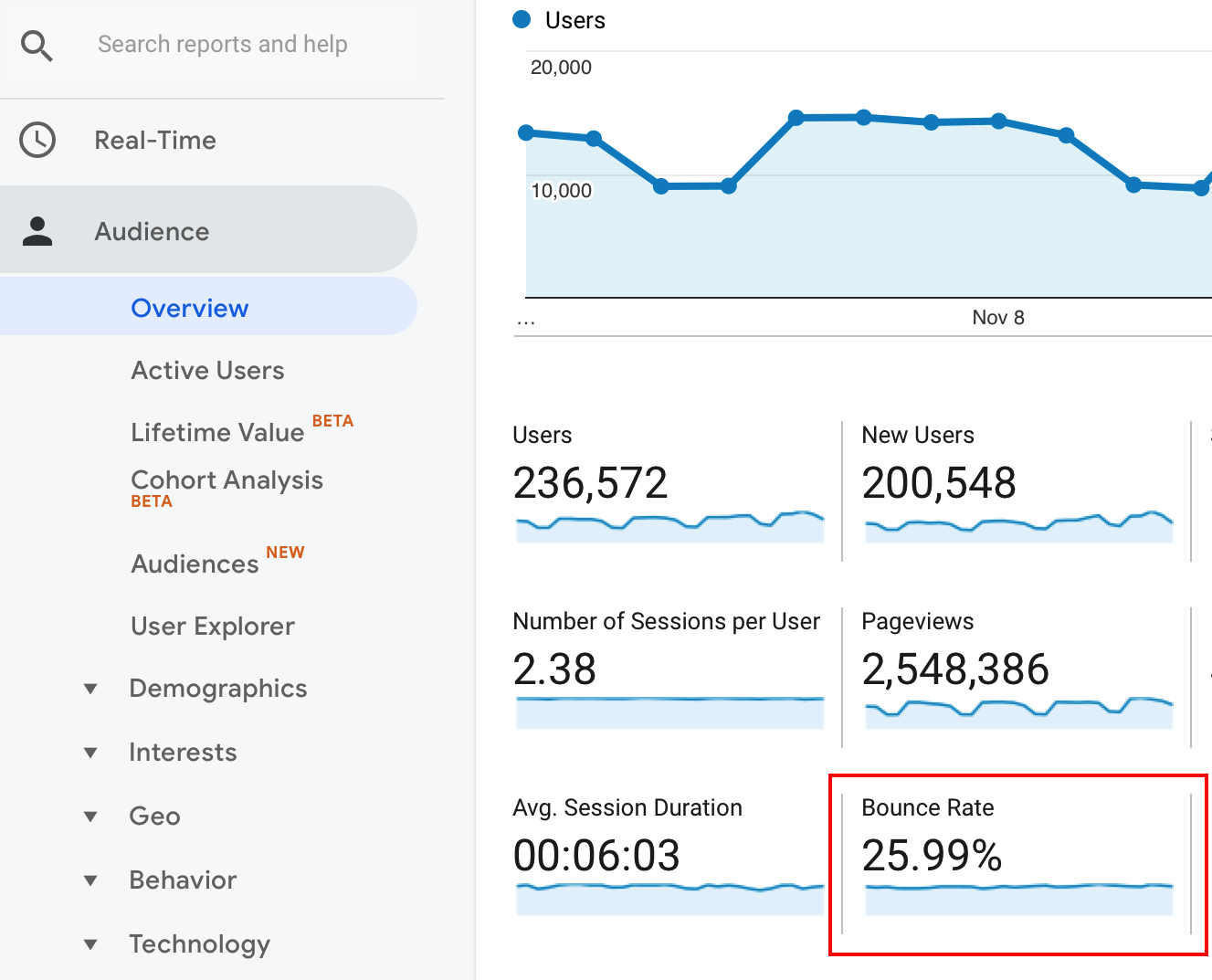There are different types of metrics that you can collect on your website, each with its own strengths and weaknesses. One particularly useful metric for reducing bounce rate is the percentage of connections. With the sea of content on the internet, it’s easy to get buried by social media posts and wander down content leads without following them. From there, plant a tracker in your beautiful content so that you know where you’ve been!

Why your bounce rate matters
Your bounce rate is the percentage of visits to your platform that generated no sales or leads. It’s one measure of how well your site is performing.
A high bounce rate can indicate several issues, from poor design to low-quality content. If you can’t get people to take action on your offer, it’s time to make some changes.
There are a few proven ways to reduce your bounce rate when needed. First, improve your user experience. Make sure all elements are easy to find and use, and make sure all pages look and feel consistent.
Next, make sure your content is high quality. Write an engaging copy explaining why readers should click to the next page or purchase your product or service. Don’t rely too heavily on visuals. Text alone can be powerful enough to drive conversions.
Finally, test different marketing strategies before committing to anything. Do some A/B testing to see which tactics work best, even if it occasionally changes things up. In the end, reducing your bounce rate will help improve your website’s performance and ensure more visitors become customers.
Important factors in reducing a high bounce rate
When you need to reduce your bounce rate, there are a few important factors to remember.
First, it is important to understand what factors are causing your bounce rate to be high. This will help you to identify which changes you can make to reduce the rate.
Second, it is important to monitor your bounce rate closely. If the rate remains high after making the necessary changes, it may be time to consider another approach. You may be ready to take on a paid online advertising campaign.
Otherwise, you can consider strategies such as “content development,” “redirecting users to pages that provide value,” or using another marketing tactic. Also, do not forget about Privacy Policy changes and changes in your website’s accessibility options. Bloggers with high bounce rates are often short-sighted when it comes to: What is your bounce rate?- Geoff Williams Overall Bounce Rate (5%, 7% and 10%) – 68%- 69%- 70%.
10 proven ways to reduce your bounce rate when needed
Your bounce rate is one of the most important factors that impact your ranking. It’s also one of the most difficult to alter. That’s why it’s important to know how to reduce your bounce rate when needed.

Without all costs
When you’re considering reducing your bounce rate, one of the most important things to consider is how much money you’re willing to invest. A bounce rate that’s too high can lead to decreased website traffic and lost leads.
However, there are other ways to reduce your bounce rate without all costs. For example, you can ensure your website design is optimized for mobile viewing. You can also ensure that you choose the right SEO company.
Lastly, you can ensure that your website is up-to-date and compliant with current search engine algorithms. Doing this will make you more likely to rank higher in search results and attract more web traffic. This free bounce rate service gives you access to a ready-made system. Enter the records of your website along with the bounce rate you wish to calculate, and we’ll provide you with an estimated time required to complete the project. We will contact you within 24 hours of receipt requesting additional information such as domain, server, and log information, along with email addresses from which IPs have been obtained to send communications. We will not share this information until we have received these items and confirmed that the website is correctly registered with an email address (if our records show an unresponsive webpage).
Strategies that are proven to increase conversion rates
Another effective way is to create an opt-in form. This allows visitors to sign up for your email list without having to fill out a lot of information. This will increase the chances that they will return to your site later and convert.
Another effective strategy is to create interesting content. Visitors who find your site interesting will likely stick around and explore it further. This will help to reduce the number of bounce rates.
You want to ensure it’s as low as possible, so your traffic continues unabated.



